Read what Rachna Joshi, Froebelian expert, has to say about Guildford Nursery School. The following is the first of her monthly blogs about aspects of Froebelian pedagogy at Guildford Nursery School.
Having visited Guildford Nursery School and Family Centre (GNSFC) on various occasions I was familiar with the approach that the staff and team took in terms of pedagogy and practice. Therefore, I felt extremely privileged to be able to immerse myself in both sites over a number of days early in the academic year and just ‘be with’ the children and staff. The idea of ‘being with’ taken from Alison Clark’s research on slow pedagogies and observation and immersion into a space explored by Tavistock observation approach as well as Dr Stella Louis’ work on observation.
Reflecting on the various themes that arose from the first few days, I noticed an occurrence on the theme of ‘space’- specifically thinking about the physical environment but also how this impacts children’s emotional space.
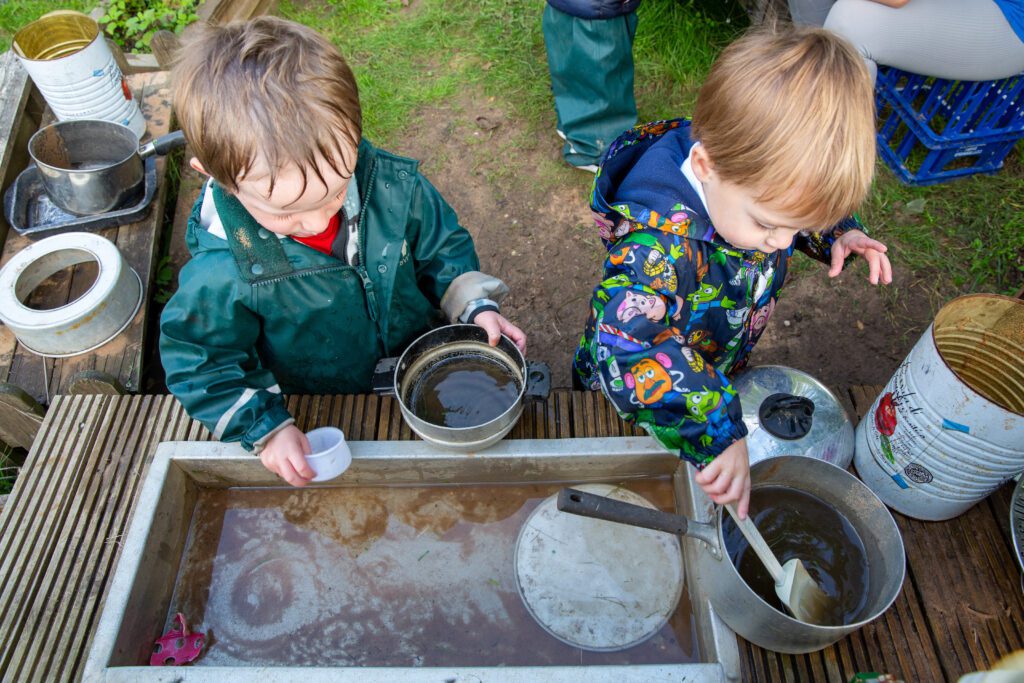
I sat in the outdoor kitchen for a while, watching children transport water, refill and pour into various plates, bowls and pans. There isn’t uniformity in the resources, but in fact reflects a real life kitchen where different sized pans and pots are used for cooking. The children use natural items such as cut off roots from a plant that was repotted, these resemble spaghetti or noodles and I’m told that it’s ready for serving. The resources and environment demonstrate the Froebelian approach of freedom with guidance, children aren’t told what to do, what to play with or how to play in the area, they are given time to explore, but staff are nearby observing and interacting to extend and guide children’s learning and experiences.
Whilst I look around at the Hazel Avenue site, I find that the space is expansive, with hidden nooks and crannies for children to play in. I can see that children are given space and time to be themselves, to experiment and wallow - there is a knowledgeable educator always nearby that engages calmly with the children, but also allows children to play at their pace without interruption. This reminds me of the outdoor areas in Keilhau, Germany - Froebel’s first educational institution; in Keilhau there are vast forests and hills for children to get lost in when playing, with a clock chime to signal to the children when to return for classes or mealtimes. These nooks and crannies pose important questions and forces us to examine feelings of discomfort about children’s hiding spaces. Can we see all the children? Do we need to see the children all the time? Do we trust children? Do we allow them to hide from continuous surveillance?
At the York Road site, the space is used differently; there are more designated spaces and fewer natural opportunities due to the town centre location. This doesn’t mean children have any less of a natural experience, in fact I notice a child running outside barefoot - she’s happy to negotiate the risk of bikes or debris from the sand and mud to be free in the space. She climbs and tumbles and demonstrates an understanding of risk, safety and independence.
Her barefoot-ness makes me question how we protect children, whether we tell them what to do or whether we give them options - space to choose, with knowledge and support in terms of risk management and safety. Not wearing shoes may be one idea, but in my own experience children often don’t want to wear their coat because they feel warm. In those situations I wonder whether we are forcing them to wear certain clothes because of our own adult perception on clothing, or whether we are providing children with freedom to choose, and supporting them in making choices around their own self-care and well-being.
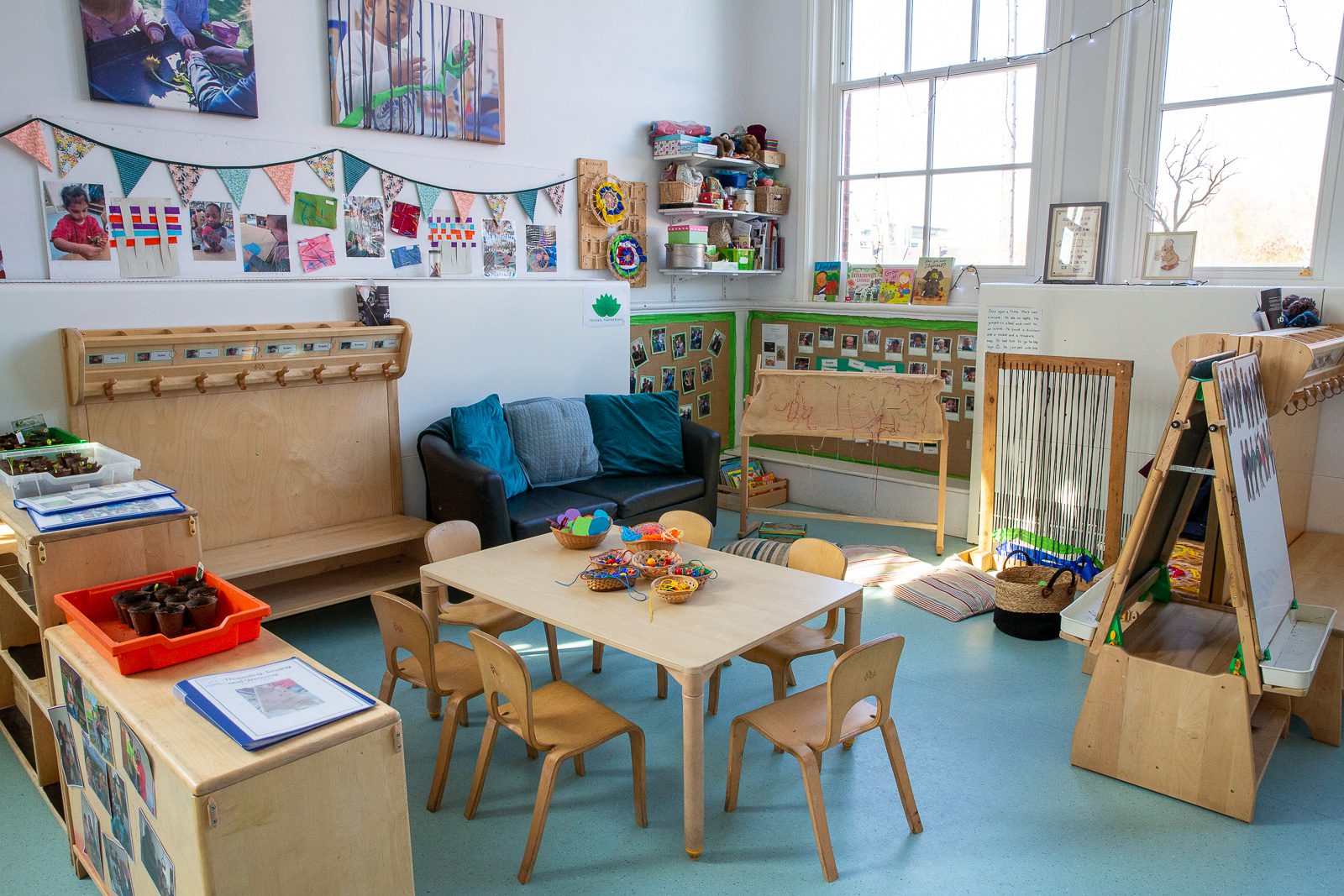
York Road is a Victorian building with high ceilings and large windows, this brings me back to Froebel’s school in Keilhau, Germany, which when being designed, purposely considered the height of the windows to ensure that children could look outside and observe nature. This is in contrast to Victorian school buildings in England which purposely have high windows to prevent children from daydreaming and getting distracted. It’s interesting how building design tells us a lot about perceptions of children. York Road however uses the space to its advantage creating cosy areas by using furniture to lay paths for children, and display boards at child height to have children engaging with the displays.
At both sites there are fixed and moveable spaces, which may be moved by the children but also the adults. At York Road the reflective staff moved the outdoor mud kitchen into a smaller area to provide a space that is cosier and more ‘kitchen like’ for the children, demonstrating the importance of knowledgeable and observing educators that continuously reflect on the spaces based on the children and their differing needs.
These physical spaces also create emotional spaces, children find safety and comfort in fixed spaces that are there every day – the sand, mud kitchen, blocks, water are all designated and fixed areas with the usual resources so children know what to expect. Yet, children are also challenged in these areas by being offered varied resources, experimenting with gutters, bringing water into the sand pit or bringing resources from elsewhere to another area and trying it out in the new space. To help with this, there are plenty of resources, and always more if needed. Younger children in particular, are not expected to wait a long time until someone else has finished with, for example, the watering can, they are offered a jug or a different watering can so they can fulfil their need to experiment and play.
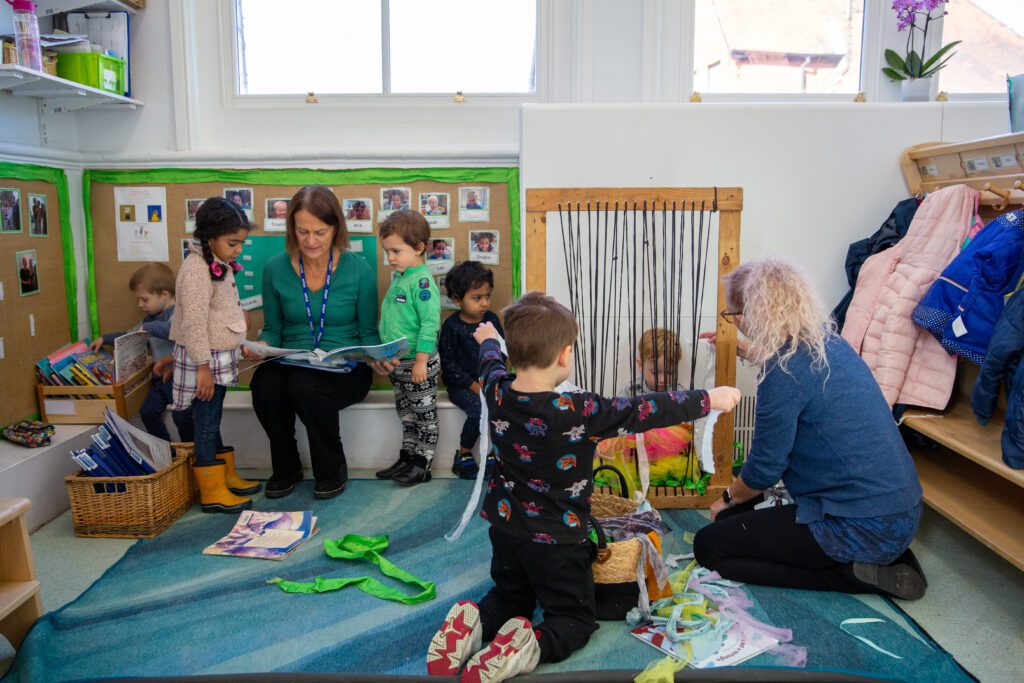
Emotional spaces might be related to routine too; some children loved being outside and were reluctant to come for lunch or for the end of the day, some children were distressed by a change in their routine and were unsure of what to expect. It’s interesting to see how the Nurseries become safe spaces for the children: spaces where they can express their emotions, share a preference to an area or celebrate their play with a friend. These spaces might be where they miss their families at drop off, or run in excitedly to see what is on offer to play, or find their friend or favourite educator to be with and learn with.
Spaces are valuable and deserve thought when designing our settings and classrooms, considering the flow and movement of children as well as those hiding spaces or favourite spaces. We need to ensure that our spaces reflect our cohort and their needs, and rely on reflective educators considering what is working and what isn’t and what solutions and actions that are needed to make the spaces right for children.
References
Clark, A. (2022). Slow Knowledge and the Unhurried Child. Taylor & Francis.
Louis, S. (2022). Observing young children. [online] Available at: https://www.froebel.org.uk/uploads/documents/FT_Observing-young-children_Pamphlet_INTERACTIVE_REV-2.pdf
Miller, L. (2002). Closely observed infants. London: Duckworth.
